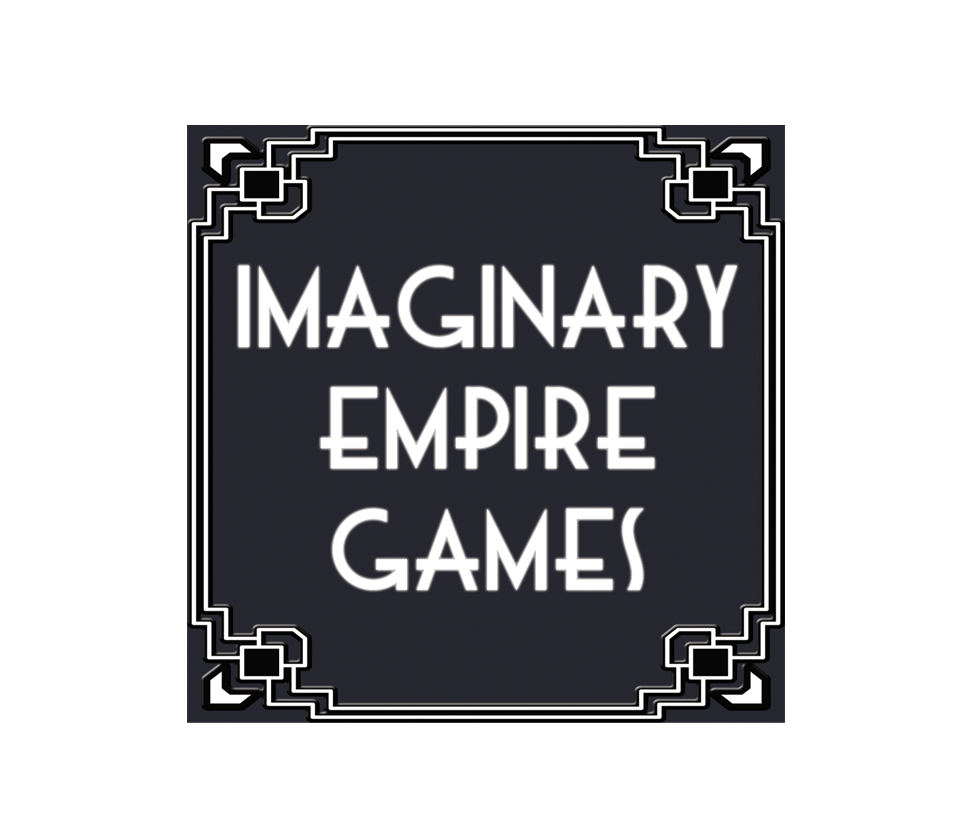Over the last few months we've been exploring the world of Warhammer Fantasy Roleplay (3rd edition) from Fantasy Flight Games. Described by the publisher as: "an new, exciting way to experience the popular Warhammer Fantasy setting... a grim world, constantly at war", I think WFRP 3e is an important game, albeit an imperfect one. The following text contains my reflections of the game thus far.
Why WFRP?
There are many, many fantasy games on the market, so why does Warhammer have enduring appeal? For me the answer is in several parts. One part is nostalgia. For anyone who played the Warhammer Fantasy Battle, or earlier editions of the roleplaying game, WFRP is a familiar, well resolved, interesting fantasy setting, that contains most typical fantasy tropes alongside some tongue-in-cheek humour.
The second major appeal of the game has always been the idea that instead of playing a fledgling hero, you play a character just trying to get by. Careers like Rat Catcher or Servant are the norm, and darkness is everywhere. Perhaps the characters will survive the adventure and prosper, but they may simply end up mutilated, mentally scarred or diseased, trying desperately to get into a more respectable career. If you favour a dark fantasy game, WFRP has always been a good choice.
Finally the game has always been well supported with a large range of sourcebooks and scenarios. Some classic campaigns, like The Enemy Within are considered classics and extremely innovative for their time.
Pick a card, any card
The most striking difference between the 3rd edition of WFRP and it's predecessors, is the use of cards. The bespoke card decks are used for the entirety of the options available to players during combat, reflecting wounds, insanities, diseases, madness, mutation, monsters and even in-game locations.
The cards are neat. They take a lot of the load from the GM to manage the rules for the players, and make clear the potential outcomes for most results. On the down side, the cards take up a lot of space during the game, and require careful management between sessions to prevent hours of searching later, and make second hand versions of the game a touch-and-go option.
It should be noted that, toward the end of the license, Fantasy Flight published a series of books which enable the game to be played without many of the cards previously required, and allowed players to plan career development at a glance (rather than scouring endless card decks). The utility of these books make them an important addition to the smooth operation of the game.
Other innovations
There are several other neat elements of WFRP 3e. The game is practically bursting with little innovations, such as the stance tracker, which tracks whether a character is more conservative or aggressive and allows you to swap dice in your pool accordingly, social combat rules, a descriptive range tracker, and overall party tension measure. And of course, the special dice which so polarised gamers when the game was released.
Although many of these elements are not smoothly integrated, they are extremely innovative for a traditional system with such a long history. For these reasons I think the game is important in the history of roleplaying game design, and many have been influential on subsequent designs.
Quirks and peculiarities
WFRP 3e is not without some eyebrow raising limitations. For example, High Elves are included as a core character race, but widely marginalised in the settings for most of the scenarios written for the game. In addition, no elf expansion was ever made limiting elf-specific career options.
The game was originally designed for just 4 players with card options to match. These days this problem is easily resolved by finding the basic card summary online and printing one for each player.
While the materials included in the scenario and expansion boxes are beautiful, there's a criminal shortage of usable maps and the organisation of the scenario books is not always ideal. Should the card decks become separated from the scenario books they are almost unplayable in some cases.
The party tension meter is a really nice idea, but unless your players are rigorous in staying in character, most bickering around a game table happens 'out-of-character' and punishing players for bickering in character actually works against a richer, more fully realised, game.
The bespoke dice mechanic is a nice way of randomising several possible outcomes in a single throw, but dice outcome cancelling each other out, means bigger pools (as the character advance their careers) complicate the resolution of this mechanic without any additional benefit.
Freeing careers from a tree-progression system and allowing an almost unlimited ability to pick up new cards means that players have a lot more options in terms of character development, but this also means players face a bewildering array of choices, especially when they start playing the game.
In summary
WFRP 3e is an eccentric game. It is bursting full of ideas and neat tricks, but much of the way these work together at the table feels unfinished, and doesn't live up to their full potential. Indeed, you might say that Fantasy Flight refined the system when it made Star Wars: Edge of the Empire and again for Genesys.
If you like the setting, and can get past the challenges inherent in the game collateral (bespoke dice and large numbers of cards) you'll find a surprising accessible system, that delivers a solid gaming experience, particularly for early-career characters.
Friday, December 1, 2017
Subscribe to:
Post Comments (Atom)










No comments:
Post a Comment